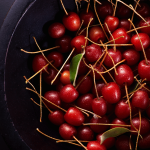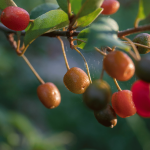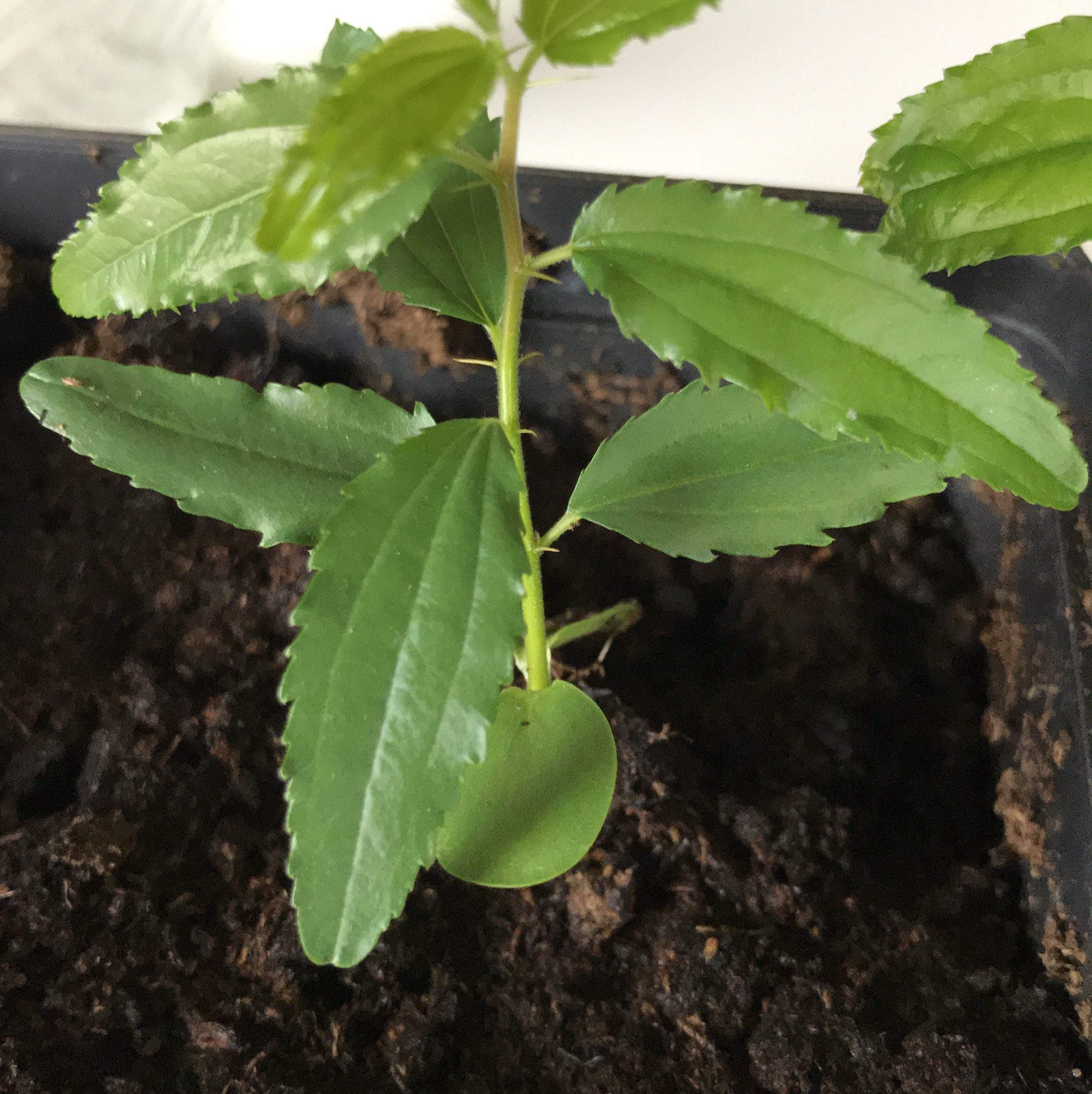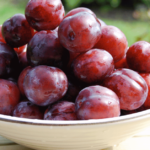Goumi Berry: The Hardy Shrub for Your Garden | a Plant Profile
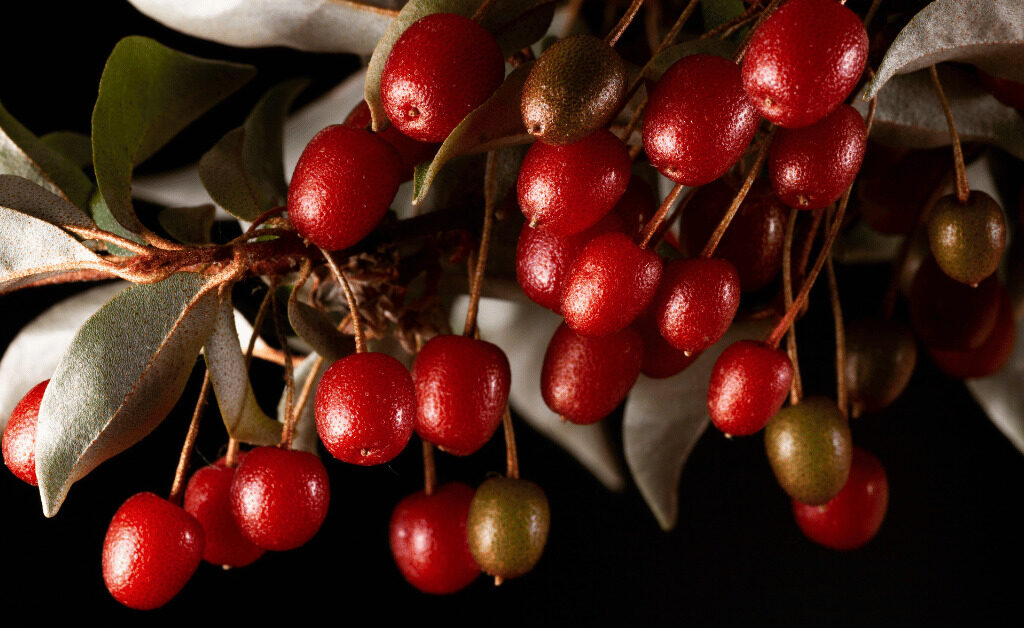
The Goumi Berry, scientifically known as Elaeagnus multiflora, and commonly referred to as Cherry Silverberry, Cherry Elaeagnus, or Gumi is a deciduous shrub known for its edible fruit. This plant is native to East Asia and is commonly found in China and Japan.
Classification
The Goumi Berry belongs to the Elaeagnaceae family.
Origin and Distribution
Originally from East Asia, specifically China and Japan, the Goumi Berry can now be found in various parts of the world. It thrives in thickets and thin woods in hills and lowlands.
USDA Hardiness Zones for the Goumi Berry
USDA hardiness zones 5-9.
Growth Habits
The Goumi Berry grows to a height of 3 m (9.8 ft) and a width of 2 m (6.6 ft). It prefers well-drained soil and can grow in nutritionally poor soil. It can tolerate mildly acidic, neutral, and mildly alkaline soils. The plant can grow in semi-shade or no shade, and can tolerate drought and atmospheric pollution.
Role in a Food Forest
The Goumi Berry is typically found in the shrub layer of a food forest.
Benefits for Hugelkultur or Permaculture Systems
The Goumi Berry, or Elaeagnus multiflora, is a valuable addition to any garden or permaculture system due to its beneficial properties as a companion plant. As a companion plant, it plays a crucial role in enhancing the soil’s fertility and promoting the growth and health of nearby plants. This is achieved through a process known as nitrogen fixation.
Nitrogen fixation
Nitrogen fixation is a process where certain plants, in conjunction with specialized bacteria, convert atmospheric nitrogen into a form that plants can use for growth. In the case of the Goumi Berry, it has a symbiotic relationship with a type of bacteria that lives in its root system. These bacteria, known as Rhizobia, form nodules on the plant’s roots where they take nitrogen gas from the air and convert it into ammonia, a form of nitrogen that the plant can use to grow.
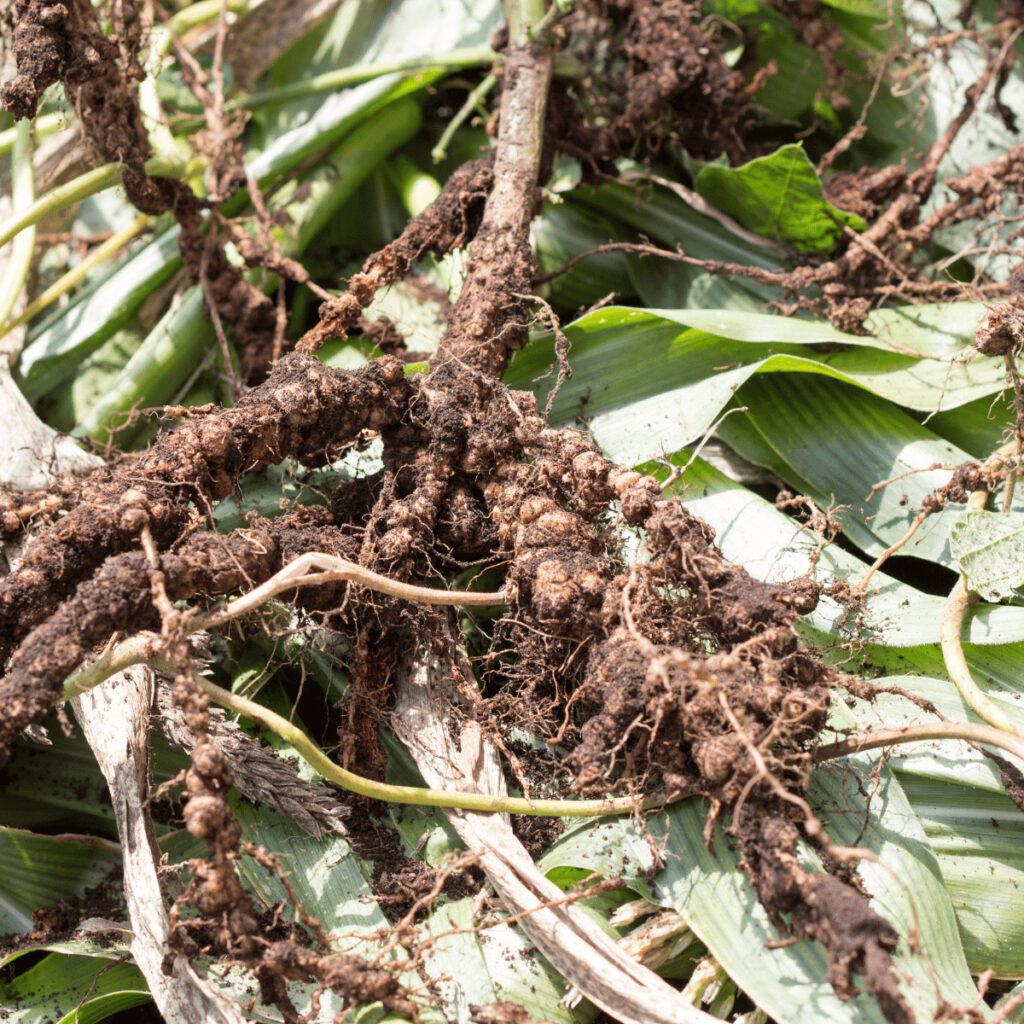
This nitrogen-enriching process benefits not only the Goumi Berry itself but also the surrounding plants. The nitrogen that the Goumi Berry doesn’t use can be accessed by neighboring plants, effectively enriching the soil and reducing the need for additional fertilizers. This makes the Goumi Berry an excellent choice for gardeners looking to create a more sustainable and self-sufficient garden ecosystem.
Furthermore, the Goumi Berry’s ability to grow in poor soils and its tolerance for drought conditions make it a resilient and low-maintenance choice for permaculture systems. Its hardiness and beneficial properties make it an excellent choice for those looking to enhance their garden’s productivity and sustainability.
Culinary and Medicinal Uses
The fruit can be eaten raw or cooked and is often made into pies and preserves. The fruit is a rich source of vitamins and minerals. The leaves are used to treat coughs, and the root is used to treat itch and sores.
Propagation and Care
The Goumi Berry can be propagated from seed, cuttings, or by layering. It is a fairly easy plant to grow and is very drought and wind resistant.
Pests and Diseases
There is no specific information available about pests and diseases.
Harvesting and Storage of the Goumi Berry
The fruit is a small, bright red berry that typically ripens in July, depending on the local climate and weather conditions. As the fruit matures, it transforms from a hard, green berry to a soft, juicy, and vibrant red one. This transformation is a clear indicator that the fruit is ready to be harvested.
It’s important to note that the Goumi Berry should be fully ripe before it’s consumed raw. When fully ripe, the berries have a sweet-tart flavor that is quite unique and enjoyable. However, if the berries are eaten before they are fully ripe, they can be astringent and not as pleasant to the palate.
Inside each Goumi Berry, you’ll find a single large seed. While the seed is not typically eaten, it’s easy to separate from the juicy flesh of the fruit. Some gardeners save these seeds for propagation, while others compost them.
In addition to being enjoyed raw, the ripe berries of the Goumi Berry can also be used in a variety of culinary applications. They can be used to make jams, jellies, pies, and even wine. Their unique flavor can add a touch of sweetness and tartness to various dishes, making them a versatile fruit to have in your garden.
Fun Facts
The small flowers of the Goumi Berry are deliciously-scented with a lilac-like smell.
References and Further Reading
Our guide on Growing Goumi Berries in Scandinavia
For more information: Wikipedia

